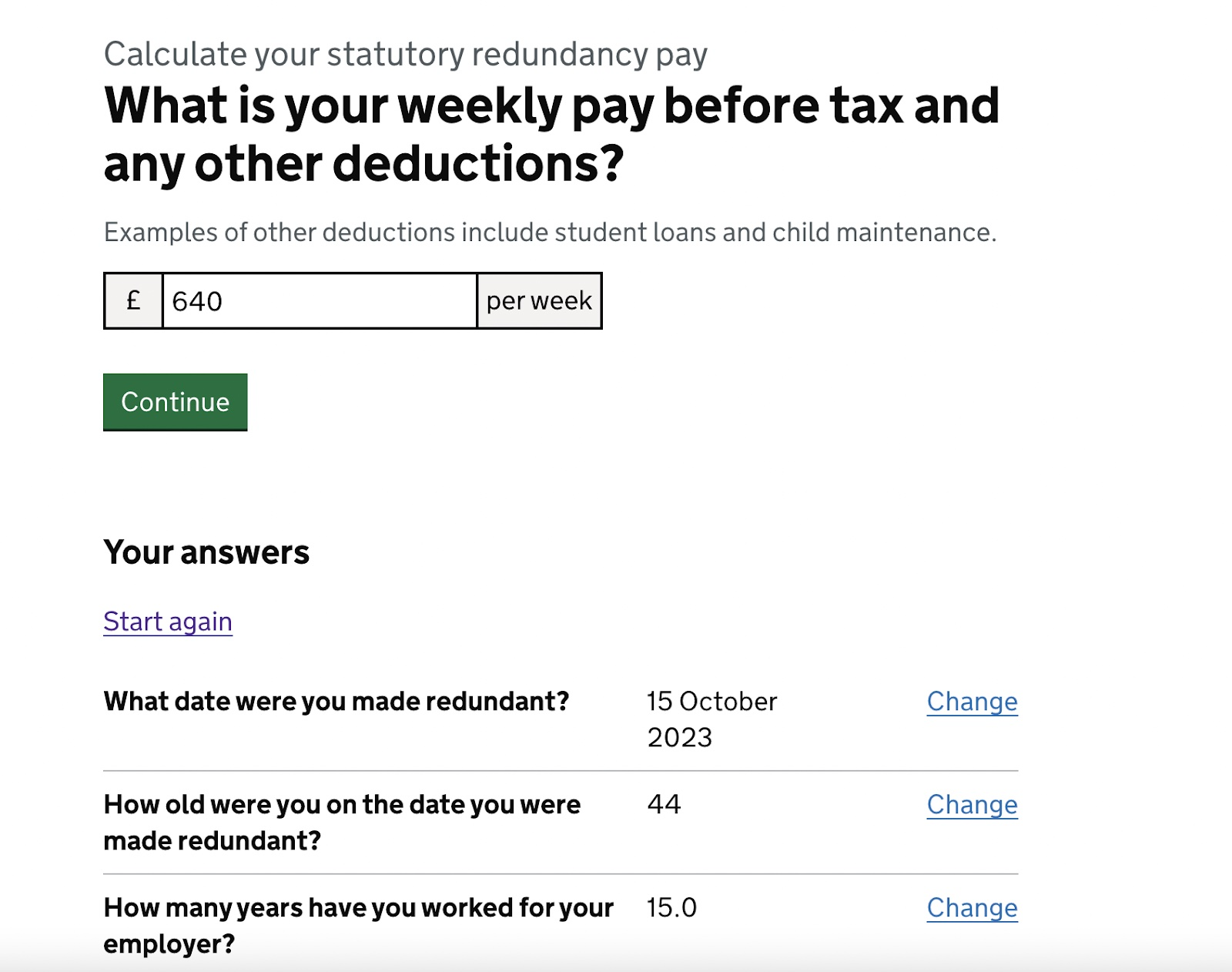Discussed: If a Company Goes Bust Who Pays Redundancy in the UK?
Discussed: If a Company Goes Bust Who Pays Redundancy in the UK?
Blog Article
Examining the Interaction Between Company Redundancy and Organizational Versatility for Future Development
In the dynamic landscape these days's business globe, the intricate relationship between firm redundancy and organizational flexibility becomes a vital variable for continual growth and success. Business frequently face the difficulty of striking a fragile equilibrium between maintaining a degree of redundancy to mitigate threats and promoting adaptability to react promptly to the ever-evolving market demands. This fragile interaction holds the key to not only making it through in unstable times yet also flourishing despite uncertainty. As we check out the diverse measurements of this interplay, intriguing insights right into how companies navigate these intricacies to lead the way for future growth await.
Value of Business Redundancy
Company redundancy is a critical aspect that boosts business durability and reduces functional dangers. By including redundancy measures within the organizational structure, companies can much better hold up against unexpected interruptions and fluctuations in business environment. Redundancy acts as a strategic buffer, allowing business to adapt and respond effectively to unexpected obstacles without endangering essential procedures.
One secret aspect of the value of business redundancy is its duty in guaranteeing continuity throughout times of crisis. When confronted with unexpected changes or emergency situations, repetitive systems, resources, or employees can tip in to maintain crucial features and avoid extensive disruptions. This continuity not only safeguards the company's online reputation and consumer trust fund but also lessens economic losses and functional downtime.

Methods for Organizational Versatility

An additional vital strategy is buying modern technology and facilities that can sustain adaptability and scalability. Applying digital tools, automation, and information analytics can simplify procedures, boost effectiveness, and supply important insights for notified decision-making. Furthermore, creating adaptable business frameworks that enable fast modifications to market dynamics and client demands is necessary for remaining affordable in a quickly advancing environment. By proactively recognizing potential disturbances and possibilities, companies can proactively grow and adapt in an ever-changing company landscape.
Harmonizing Redundancy and Flexibility
Achieving a harmonious equilibrium between functional redundancy and organizational adaptability is critical in navigating the intricacies of a vibrant business environment. Striking the best equilibrium between redundancy and flexibility is a fragile procedure that needs a deep understanding of the organization's goals, sector dynamics, and danger tolerance.
To attain this balance, firms require to carry out regular evaluations of their procedures to determine locations where redundancy is required for danger reduction and where versatility can drive technology and development. Executing flexible structures, cultivating a culture of constant learning and improvement, and motivating open interaction throughout all levels of the company are vital techniques to harmonize redundancy and flexibility successfully. By straightening these two essential aspects, companies can position themselves for sustainable growth and success in an ever-changing service landscape.
Case Studies on Adaptation Success
In examining circumstances of try this web-site effective organizational adjustment, it comes to be evident that the interaction between functional redundancy and flexibility is a specifying variable in forming durable businesses. A DVD rental solution, Netflix showed exceptional versatility by transitioning right into a streaming platform when digitalization disrupted the industry. These situation researches emphasize the significance of operational redundancy coupled with organizational versatility in promoting long-lasting growth and competitiveness.
Building Resilience for Future Development
Building durability for future development requires a critical placement of functional procedures with market characteristics and emerging fads. Companies have to adjust to altering environments by promoting a culture of adaptability, advancement, and constant renovation.
Moreover, promoting solid connections with stakeholders, such as consumers, employees, suppliers, and the community, is essential for preserving and weathering uncertainties depend on and support throughout unstable times. Effective interaction and transparency play an essential function in building strength, as they help help with and straighten assumptions collaboration in browsing unpredictabilities.
Furthermore, companies need to prioritize learning and growth campaigns to upskill employees and outfit them with the essential devices to adapt to transforming scenarios. By investing in their labor force, business can enhance their flexibility and agility, inevitably enhancing their resilience for sustainable future growth.
Final Thought

In the dynamic landscape of today's service globe, the intricate relationship between firm redundancy and business versatility emerges as a crucial variable for continual development and success. Business usually deal with the challenge of striking a delicate equilibrium in between keeping a level of redundancy to alleviate risks and cultivating versatility to react promptly to the ever-evolving market needs.To achieve this balance, firms need to carry out routine assessments of see here their procedures to identify locations where redundancy is necessary for threat mitigation and where adaptability can drive advancement and development.In conclusion, the interplay between firm redundancy and organizational flexibility is vital for future development. Building resilience with a try this site combination of redundancy and flexibility will certainly guarantee that firms are prepared for the challenges of the future.
Report this page